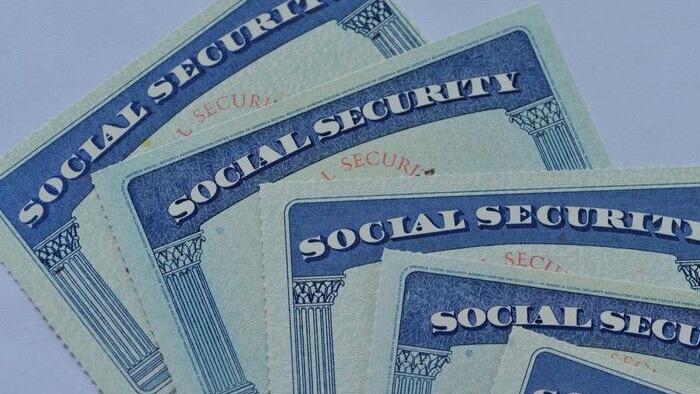The Stealth Way Social Security Has Been Robbing Seniors of Their Benefits for Years | Personal Finance
The problem, however, is that these thresholds have been around for decades. In 1983, a decision was made to tax up to 50% of fees at the above levels. In 1993, this rule was amended to tax up to 85% of benefits, also at the same levels.
Meanwhile, the cost of living has risen significantly since then – yet the income thresholds for social security taxes have not. And that leaves the elderly in a pretty bad place.
Benefit tax avoidance
Older people who strategically save for retirement may be able to avoid being burdened with taxes on their social security benefits. One of the easiest ways to do this is to save in Roth IRA.
Roth withdrawals from the IRA are not taxable income and are also not counted as temporary income. To see also : The Moneyist: I’m 28, have no debt, a 401(k), Roth IRA and $45K in cash. Should I save for a house or buy a Tesla Model 3?. As such, a single taxpayer who collects $ 18,000 annually for Social Security, and takes $ 24,000 a year to withdraw from the Roth of the IRA, would not have to pay benefits tax, despite a total income of $ 42,000 and a temporary income of $ 33,000. dollars.
Although senior earners are not allowed to contribute directly to Roth IRAs, there is always the possibility of funding a traditional IRA and then convert to Roth account later. It’s a move worth the move, given that Roth IRAs offer other benefits when retiring, in addition to helping seniors avoid social security taxes. For example, Roth IRAs are the only retirement plan that is not imposed with tax breaks required minimum distributions.


